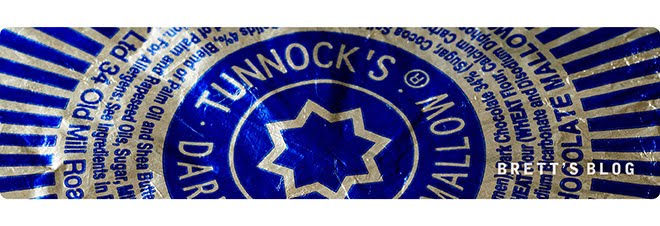c|net reports: [edited]
When TV HDR is properly implemented, the contrast between the whitest whites and darkest blacks is accentuated, colours are more realistic and the entire image becomes more vibrant. HDR creates a noticeable difference to everyday viewers - not just videophiles.
The mid- to high-end TVs in the 2016 model lines from all the major manufacturers will be HDR-ready. Fox, Warner, Amazon and Netflix are prepping HDR versions of their latest movies and TV shows now.
There are two versions of HDR: HDR10 and Dolby Vision.
Netflix and Amazon are backing both formats. And LG and Vizio are making their new TVs compatible with both.
Just about every HDR TV supports the HDR10 format. That means any TV labeled "HDR" will be able to play back TV shows and movies delivered in HDR10.
Unlike new TVs from LG and Vizio, none of the TVs announced in 2016 by Samsung and Sony will support Dolby Vision. And there's no way to add Dolby Vision to a TV via a software update. It requires Dolby's chip.
If Dolby Vision-enabled Blu-ray discs do hit the market, they will also support HDR10. That means they'll play on non-Dolby Vision players like the Samsung K8500, as well as TVs that don't support Dolby Vision. That's because the Blu-ray disc Association mandated HDR10 support for 4K Blu-ray players, while Dolby Vision is an optional addition, like object-based sound formats Dolby Atmos and DTS:X.
Netflix will serve both HDR10 and Dolby Vision content, so an owner of a non-Dolby Vision TV will be able to watch Netflix HDR. But the company has been more vocal so far in its support for Dolby Vision, and has been working with Dolby for longer to develop its HDR library. Netflix is now streaming Season 1 of "Marco Polo" in Dolby Vision, and will add "Daredevil" soon.
Both formats use many of the same technical underpinnings, including metadata that indicates to the TV how the images should be rendered on the screen. But only Dolby Vision's is dynamic, capable of changing on a scene-by-scene or even frame-by-frame basis. The HDR10 metadata, on the other hand, is static, so it only applies once to each piece of content.
------------
Subscribe to:
Post Comments (Atom)


No comments:
Post a Comment